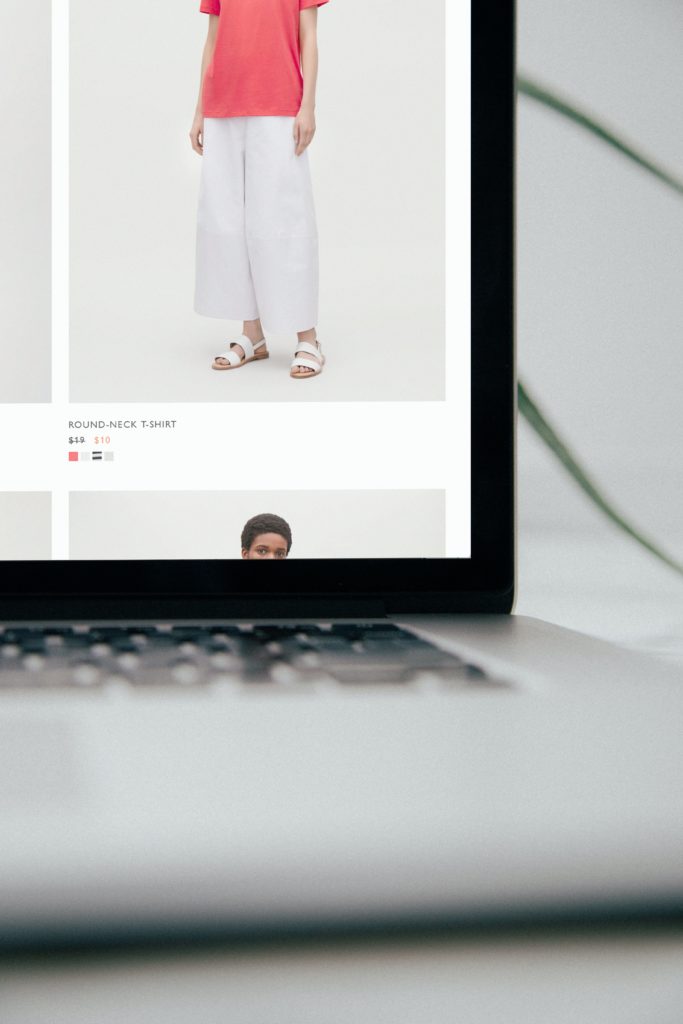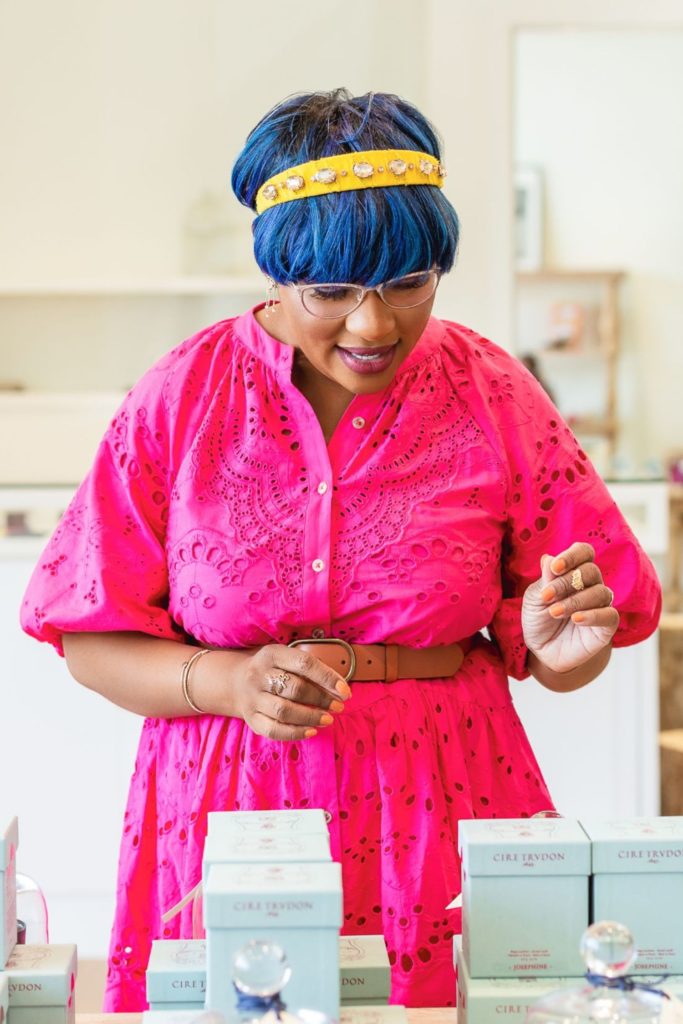Are your retail sales slow and inconsistent?
Or are your retail sales trending up and you’re wondering how to continue this sales increase?

Here are some tips on retail selling and store merchandising to show you how to increase retail sales:
1) Ensure you’re always in stock of your best sellers
The absolute worst thing that you can do is have an item that sells really well and you don’t have enough of it.
You’re missing sales immediately, and you may think you’ll recoup those sales when the product comes back in, but that is not always the case.
You may have missed that window of demand, and the customer may search online for the item elsewhere and you will be stuck with the excess inventory.
Always make sure you are in stock of your best sellers. The only reason you should not be in stock, is if you planned for the item to be a one-time buy that you purposefully won’t replenish. The goal is always to sell through the inventory.
But merchandising is about having that balance of knowing exactly how much to buy so that at the end of the item’s lifecycle you will have completely sold out. This involves skillful inventory purchasing and financial budgeting.
If the item is a basic item vs. a trend item, you always want to be in stock. These type of items have a constant flow of demand.
You need to regularly monitor the inventory levels for the item and set your safety stock levels for it in your inventory management system. This way you are alerted when your supply is running low and you need to place another order.

When you go to a website and the majority of the items are sold out, or the available sizes are inconsistent and all over the place, that’s not a good thing.
It means:
- The Boutique Owner may be “testing” items before fully committing and stocking them
- The retailer is not managing their inventory properly and is not buying enough
- The shop is leaving up old items they haven’t stocked in weeks / months to make it appear that their shop has high traffic and sales
Your goal should be to run out of inventory when you planned for it to – meaning the item hit its sales goal and you don’t have excess leftover.
2) Learn customers’ names
This seems so small, but it’s a critical part of owning a brick-and-mortar boutique. Your competitive advantage against your online counterparts is that you can have personal, one-to-one relationships with all of your customers.
Think about the stores where you know the sales associates by face or by name. You love that right? You love having somewhere to go that feels like a second home. That should be your boutique for your customers.
3) Implement a customer loyalty program
If you don’t know the 80 / 20 rule, it’s that 80% of your business comes from 20% of your customers, and it’s true! It doesn’t matter what size your store or brand is, it is always true.
Customer loyalty programs are a way to reward your customers for shopping with you.
There are billions of e-commerce websites and millions of brick-and-mortar stores that they could shop with, but they chose you. Say thank you!
It would be even more beneficial for you to have a higher-tier loyalty program for your top customers (your 20%)!
4) Place impulse items near the cash registers

Have you ever noticed the way you’re forced through a mini maze to get to the checkout area of your favorite retail stores?
Don’t think this store layout was created on accident! The store’s merchandising team curates this area differently than the rest of the store.
This space is called the impulse or next-in-line area. It is filled with merchandise that you buy on impulse, like candy, mini-sized items, testers, etc.
This is a strategy to get customers to add more to their basket right before they get to the register….
This means more dollars per transaction, aka more money for you!
This method of how to increase retail sales is used by all major retailers. Pay attention to what you see the next time you wait in line!
5) Create sales competitions among your retail sales staff
Your sales staff should be the #1 champions for your brand and your message. They should be just as motivated as you are to make your company successful.
You should have regular competitions with them to help boost sales. Here are some topics you can base your sales competitions on:
- Monthly sales volume
- Number of new loyalty program sign-ups
- Number of personal styling appointments booked
- Sales dollar per transaction
- Specific item sales
- Category sales (like accessories, dresses, etc.

+ show Comments
- Hide Comments
add a comment